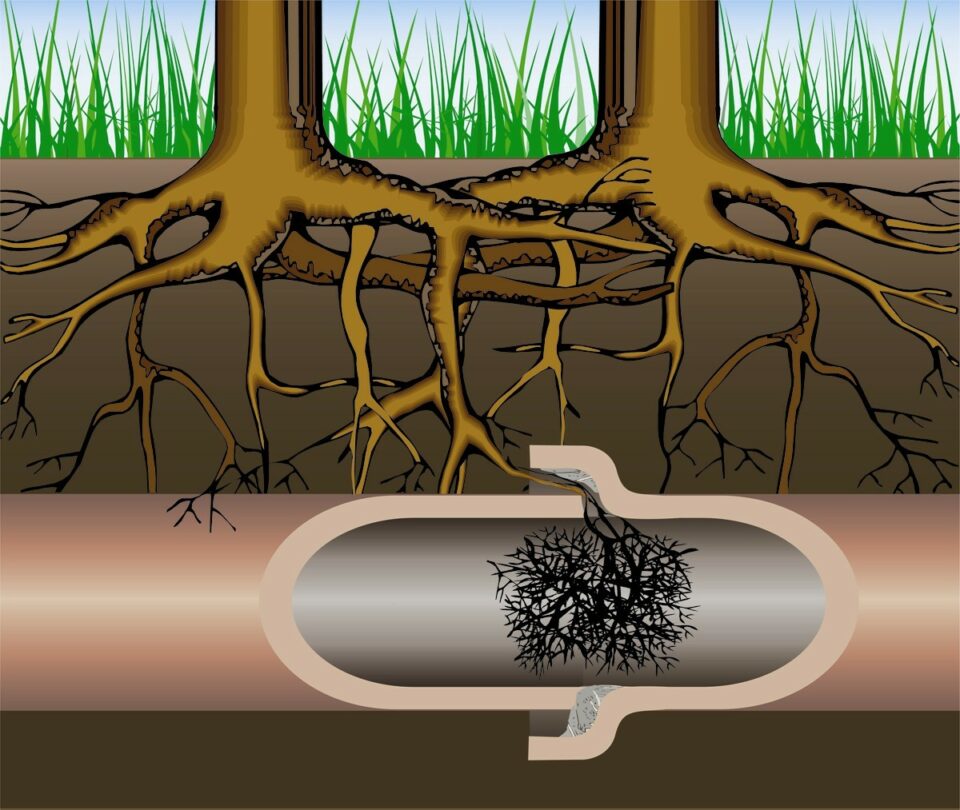Imagine the ground beneath our homes as a battlefield, where the unseen clash between nature and infrastructure plays out. One of the most common yet overlooked skirmishes occurs when tree roots invade sewer lines. This silent invasion can lead to significant problems, disrupting the harmony of our daily lives and the efficiency of our home systems. Understanding the repercussions of tree roots in sewer lines is crucial for homeowners, city planners, and environmentalists alike.
Let us delve into the repercussions associated with tree roots in sewer lines.
Blocked flow
The most immediate impact of roots in sewer lines is the blockage they cause. Like a dam in a river, roots grow into pipes, catching debris and gradually reducing the flow of wastewater. This can lead to slow drains, gurgling toilets, and eventually, a complete halt in wastewater movement, affecting household functionality.
Damage to pipes
The constant growth of tree roots can exert immense pressure on sewer pipes, leading to cracks or breaks. Such damage necessitates costly repairs and results in sewage leaking into the environment. This leakage poses serious health risks by contaminating soil and potentially groundwater, and it inflicts environmental harm, disrupting local ecosystems and affecting wildlife and plant health.
Increased maintenance costs
Dealing with root intrusion is not a one-time fix. Regular maintenance, including mechanical root cutting or chemical treatments, becomes necessary to keep the lines clear. These interventions are not only costly but can also shorten the lifespan of sewer pipes.
Sewage backups
A direct consequence of blocked sewer lines is sewage backing up into homes. This unpleasant scenario poses serious health hazards, as sewage can contain harmful bacteria and viruses. The cleanup process can be extensive and expensive, not to mention the emotional distress it causes to residents.
Environmental contamination
When roots cause leaks or breaks in sewer lines, untreated sewage can seep into the ground, contaminating soil and potentially reaching groundwater sources. This pollution can harm local ecosystems, affecting plant life, wildlife, and even the quality of water bodies nearby.
To sum up
The infiltration of tree roots into sewer lines is more than just a nuisance; it is a significant issue that can lead to blocked pipes, damage to infrastructure, financial strain from increased maintenance costs, health risks from sewage backups, and environmental contamination. Awareness and proactive management of this issue are key to mitigating its impacts and preserving the delicate balance between our urban environments and the natural world around us.

